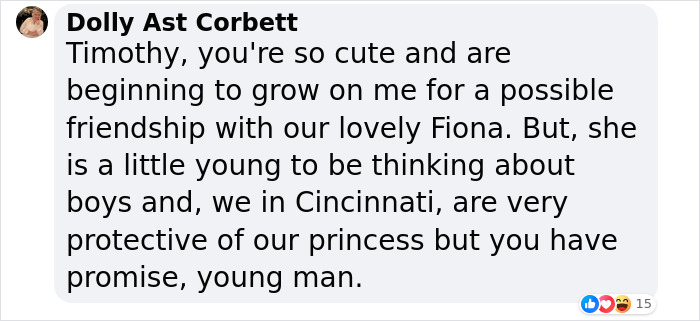The entire world just melted, and the reason behind it is the cutest video I’ve seen in my life: a huge, sleepy hippo is enjoying underwater cuddles from a group of tiny, colorful fish.
The third-largest living land mammal, after elephants and white rhinos, is giving us a subtle smile while living the best life.
More info: timothythehippo
Turns out that even hippos have days off, which includes 10 hours of sleep and fish spas
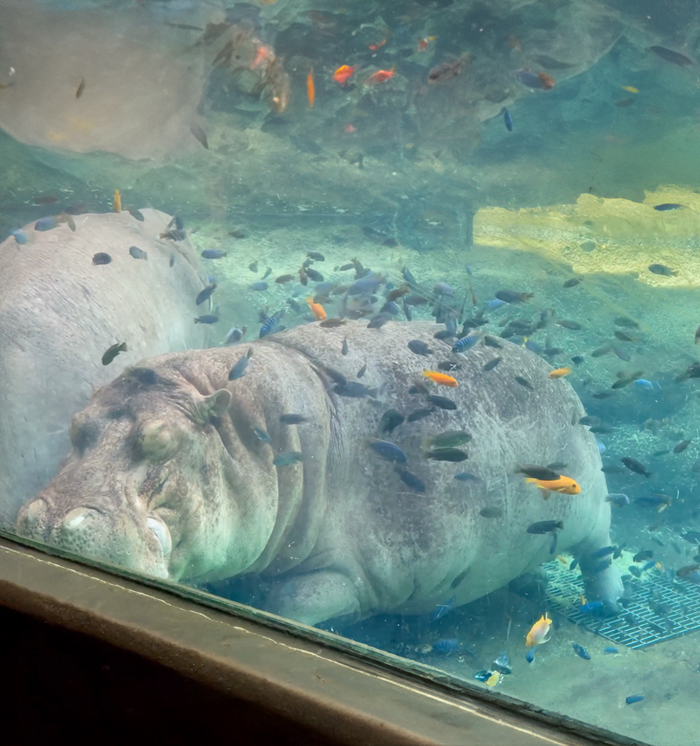
Image credits: Timothy The Hippo
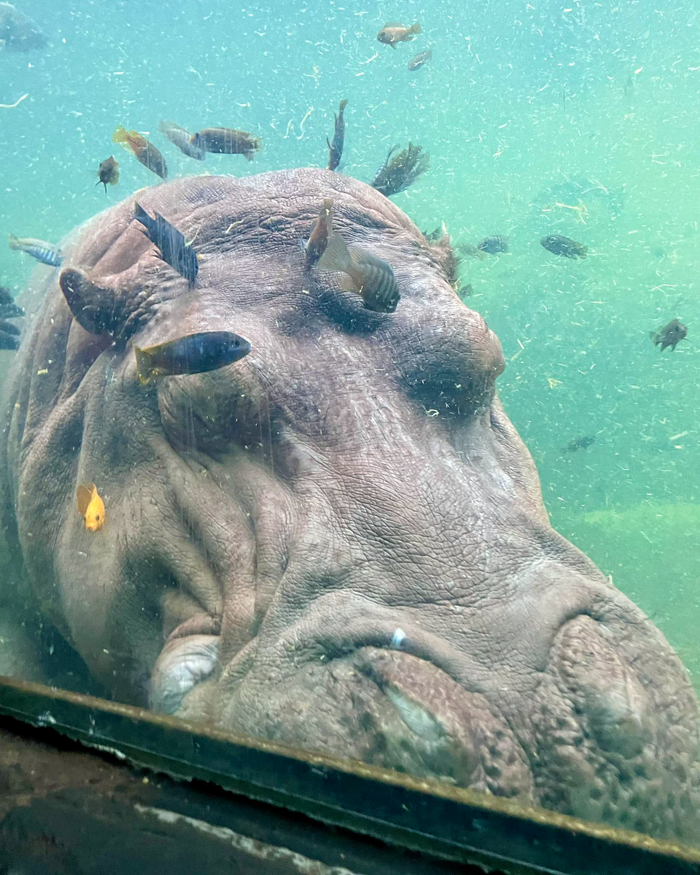
Image credits: Timothy The Hippo
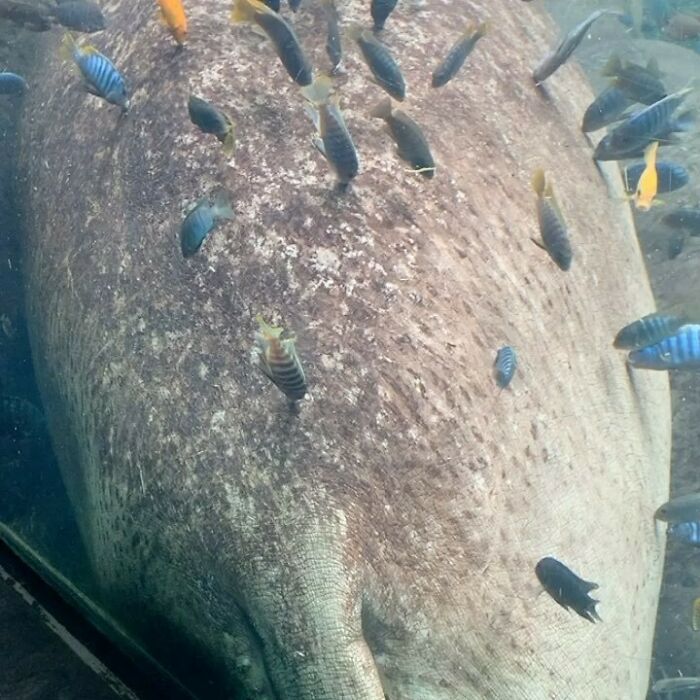
As seen in the photos and videos shared on social media, a hippo is calmly resting under the water while African cichlid fishes “do their job.” This type of fish is a very diverse and species-rich family that usually inhabits lakes and rivers in India, Africa, and South and Central America.
It has long been known that different species of fish and hippos are truly great companions. Fish clean hippos and are, in turn, nourished by the algae, parasites, and dead skin scraped from the hides of their hosts.
Interestingly enough, certain fish species specialize in cleaning specific body parts of the hippos. The labeo — which is a genus of carps — could be called the main cleaners, and they use wide rasping mouths to scour the hippo’s hide. Barbus feed on dung and clean the cracks in the soles of the animal’s feet. Small cichlids graze around the tail bristles, and tiny garra clean out wounds. Hippos even splay their toes to provide easy access to the tiny marine cleaners.
In the wild, hippos purposely search for places with fish in order to get this not only satisfying but also very healthy spa experience
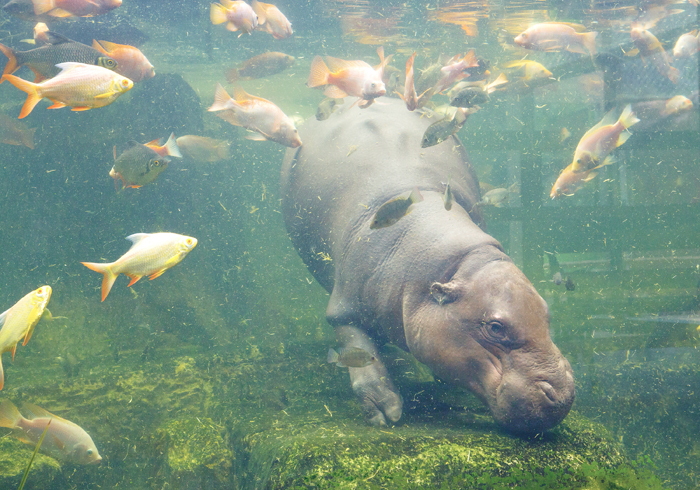
Image credits: Adobe Stock
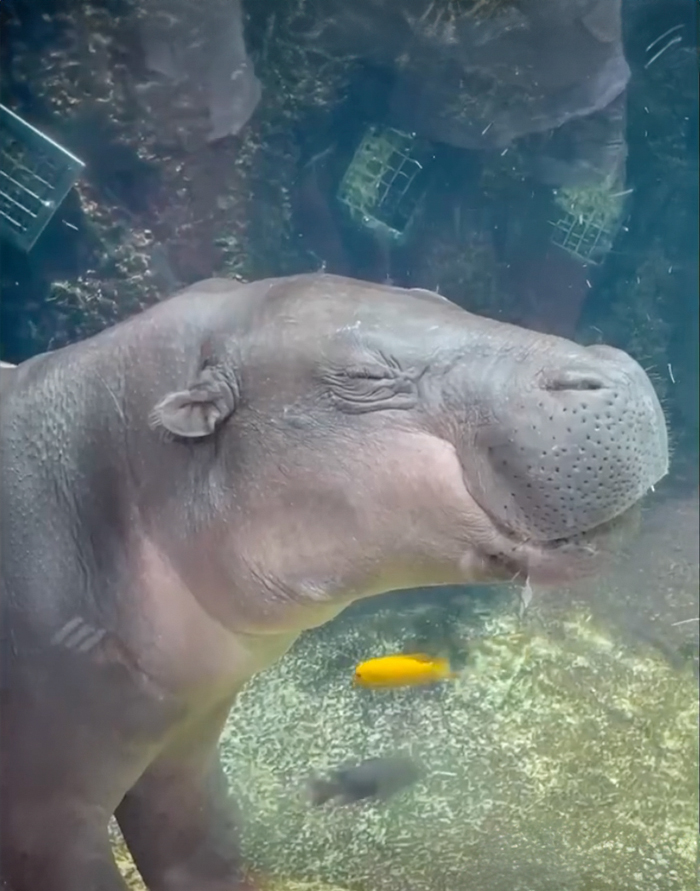
Image credits: The Global Animals World
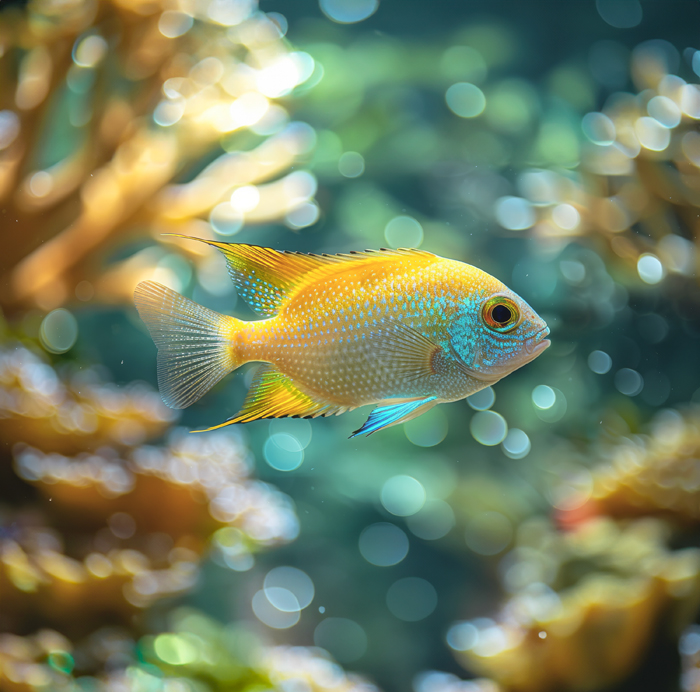
Image credits: Adobe Stock
It’s easy to be fooled by hippos‘ cute appearances, yet they are among the most dangerous and aggressive of all mammals. Their canine and incisor teeth grow continuously, with canines reaching 20 inches (51 centimeters) in length. Hippos are generally nervous and have a very short temper. It’s only a matter of someone standing on someone’s toe or something as silly as a bird landing on a hippo to make a hippo jump up because of being startled, causing a chain reaction that can lead to a fight.
There are two species of hippos in the world: the common hippopotamus and the pygmy hippopotamus. Both are mammals that naturally live in Africa, and each is a member of the family Hippopotamidae. They are generally nocturnal animals due to the fact that have very sensitive skin. Hippos do not have sweat glands underneath their skin to release excess heat off the body, unlike some other mammals (including humans).
A thin layer of light pink-colored liquid is seen on their body on hot sunny days, and it is not sweat. As hippos leave the water, their skin becomes dry. A hippo’s body loses water four times more than humans — therefore, to protect the dry skin, nature provided the hippo with a type of sun cream. The pinkish-looking liquid will fill up the hippo’s large pores and prevent any further water loss.
Hippos’ cute appearances hide a short temper
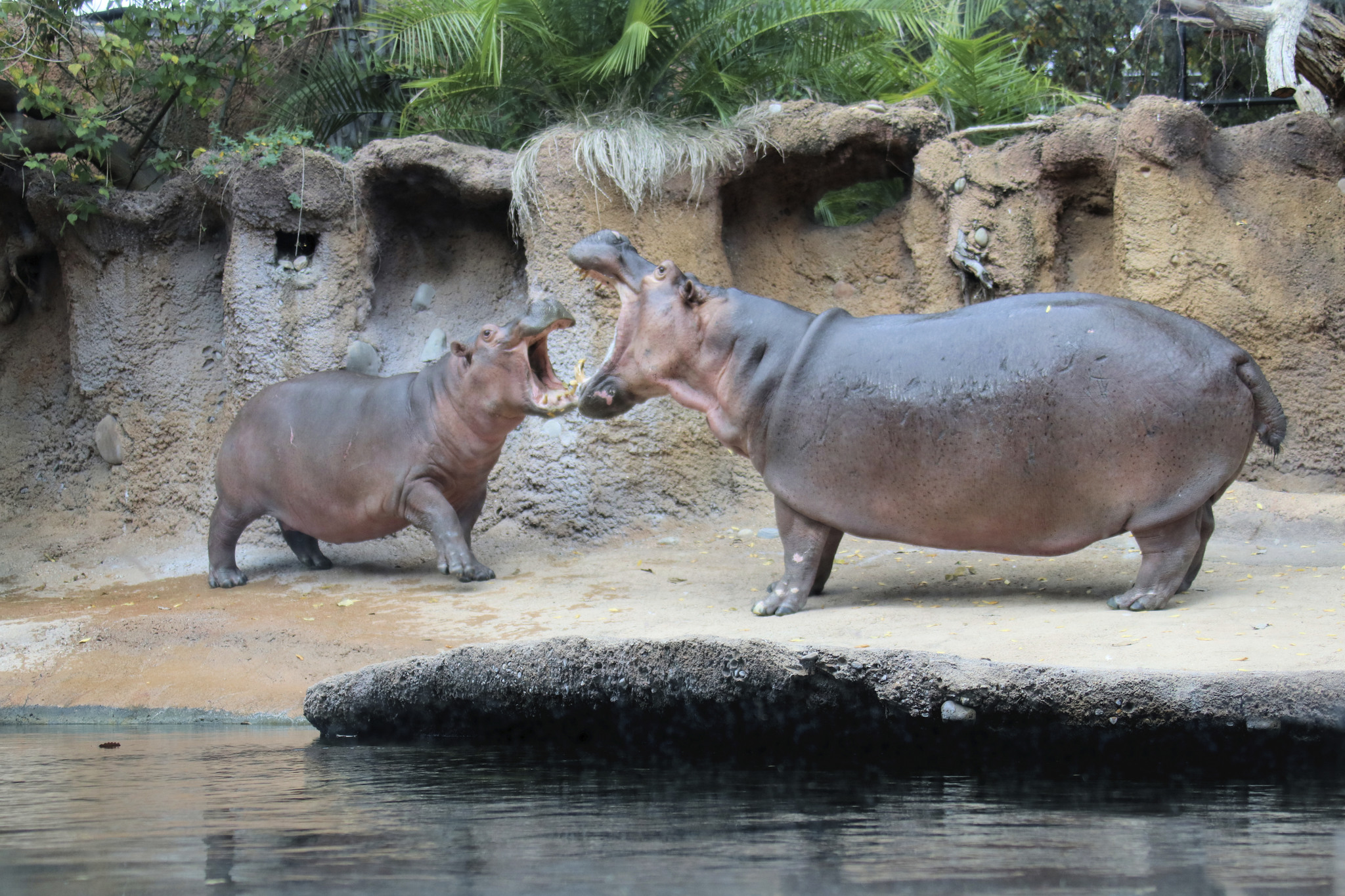
Image credits: Timothy The Hippo
The name “hippopotamus” comes from a Greek word meaning “water horse” or “river horse.” But, in fact, their closest living relatives may be pigs or whales and dolphins, especially when it comes to sleeping: hippos sleep with only one half of their brain at a time, while the other half remains alert.
Despite all the love that hippos have for the water and the fact that adults can hold their breath underwater for up to 30 minutes, they can’t swim. They can’t even float! Their bodies are far too dense, so they move around by pushing off from the bottom of the river or simply walking along the riverbed in a slow-motion gallop, like some aquatic ballet dancers.
Hippos can store two days’ worth of grass in their stomachs and can go up to three weeks without eating. They also vocalize on both land and in the water, and they are the only mammals that make amphibious calls.
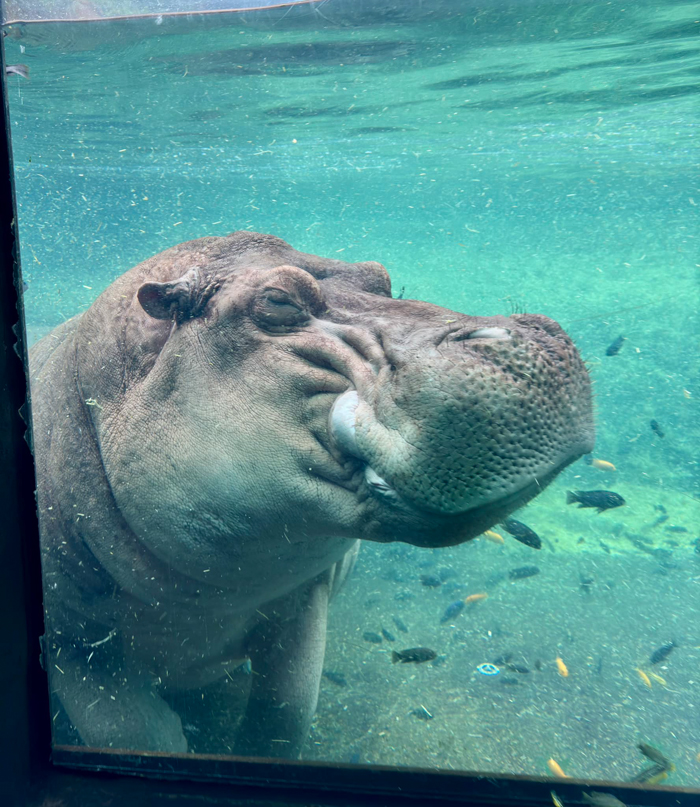
Image credits: Timothy The Hippo
If all of this is not sweet enough yet, I have to tell you that there’s a love story involved. It all began some years ago when staff at the San Antonio Zoo took to social media on behalf of their nearly 3-year-old hippo Timothy to reach out to Fiona, one of the most famous hippos in the world. The flattering message appeared on Facebook:
“Dear Fiona,
My name is Timothy. I recently moved out of my mom’s house to San Antonio and currently live with my grandma, Uma who I love very much. My grandpa, Tumbo was a cover model for National Geographic magazine. Grandma says that’s where I get my great looks.
Anyhoo, I have seen your pictures and videos on the internet at the Cincinnati Zoo & Botanical Garden and I think you are the most beautiful hippopotamus I have ever seen. Perhaps we can meet someday and be boyfriend and girlfriend? I am single and available. I hope you #HippoSwipeRight #TeamFiona
Sincerely,
Timothy
PS, Hippos rule and elephants drool!”
The Cincinnati Zoo responded on behalf of Fiona with the good news that she thought Timothy was cute, but there was a catch — the two could only be together under matching DNA conditions.
“They’re pretty close in age where it could be something that could happen in a few years,” Tim Morrow, CEO of the San Antonio Zoo, told Newsweek.
Timothy currently lives with his grandma, Uma, and Fiona lives with her mom. You can follow up on their stories on social media accounts: fionahippo and timothythehippo.

Image credits: Timothy The Hippo
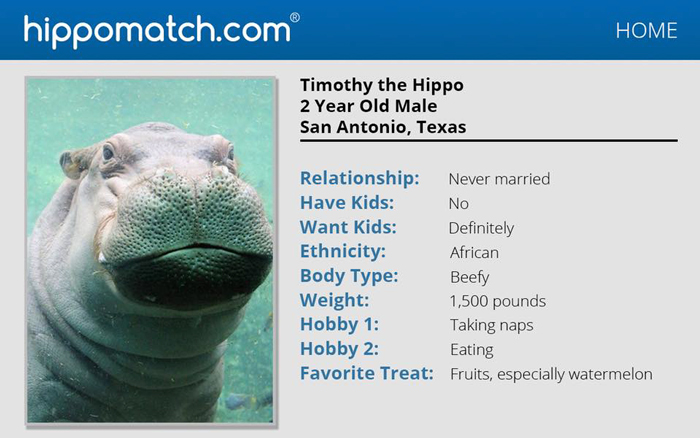
I don’t know about you, but I filled my heart with happiness for the rest of the day (if not for the entire week) while watching these sleepy giants truly enjoying life at its best. What could be more satisfying than taking a long underwater nap while having a spa day?
People were touched by the sweet hippos and their carefree lifestyle



